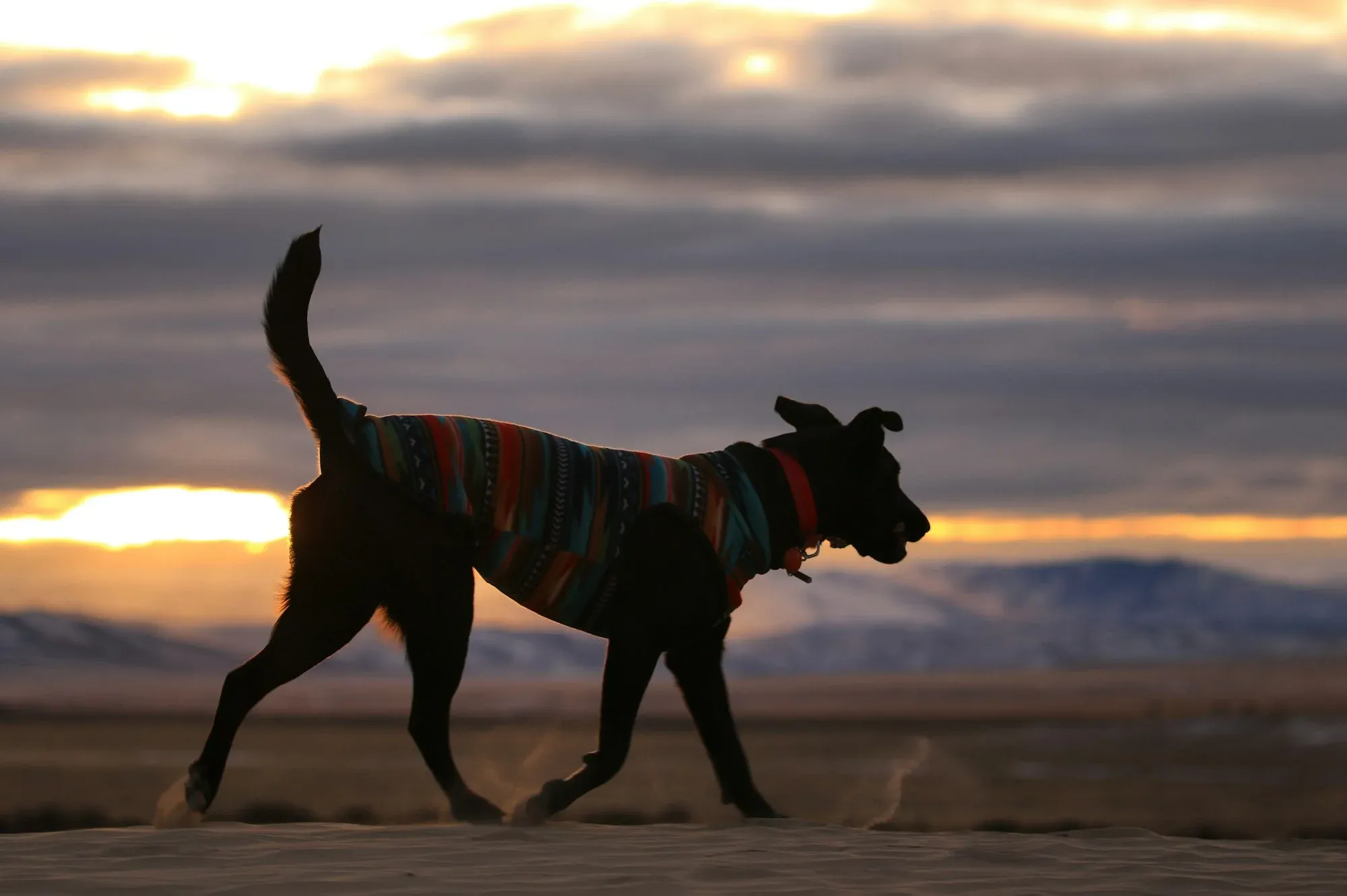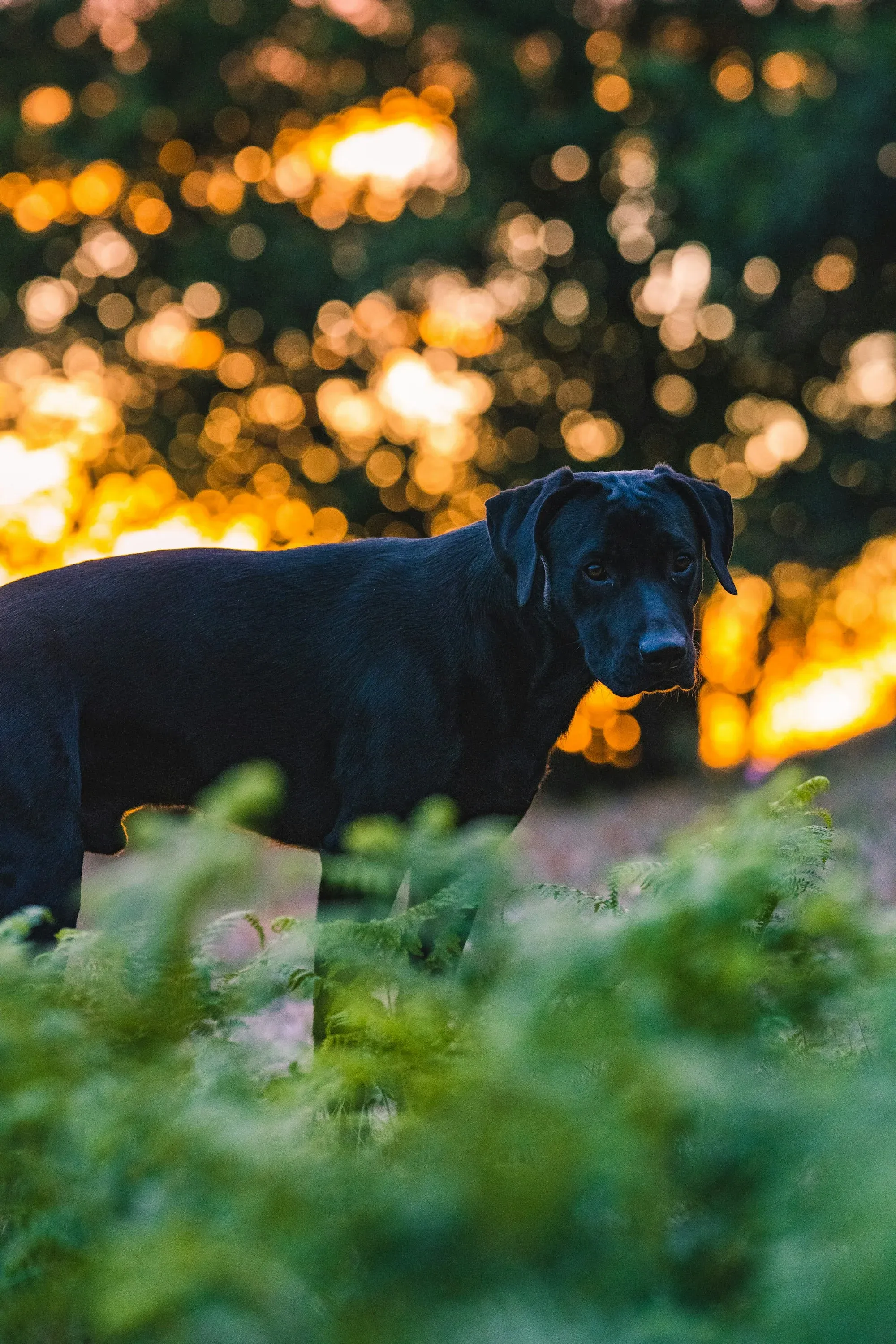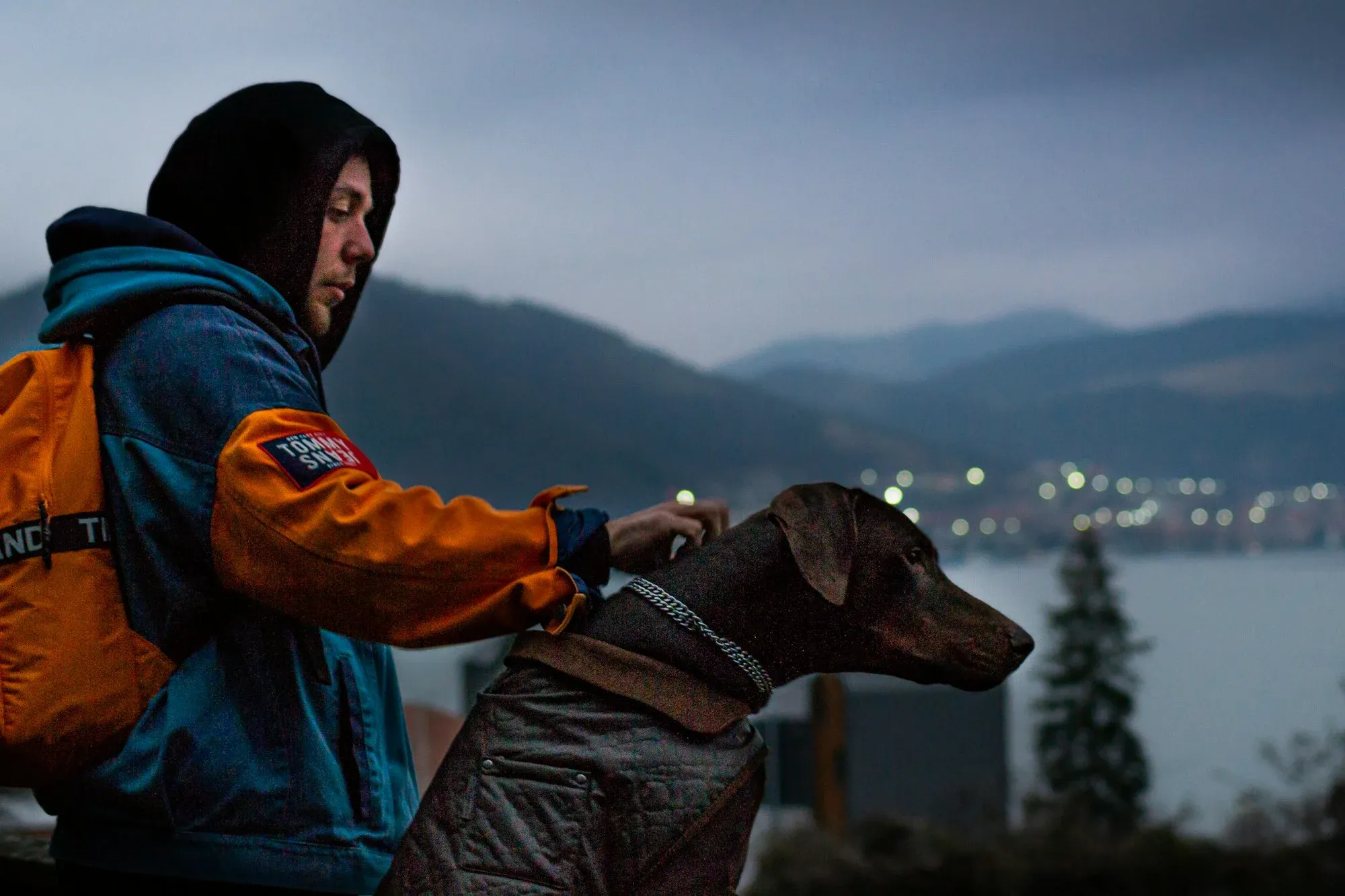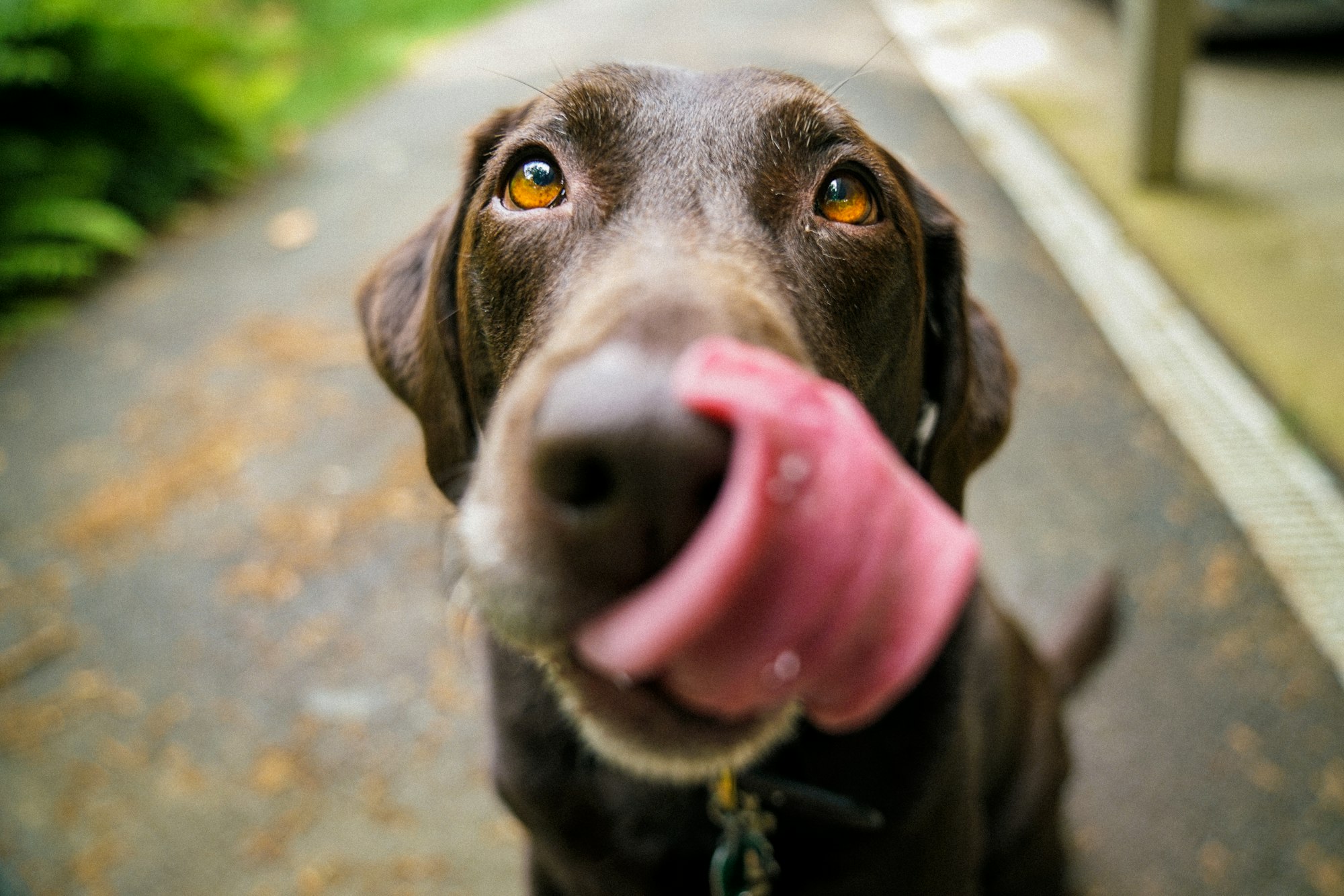As the sun goes down and darkness comes, many dog owners ask if their furry friends feel the night's chill. Do dogs get cold at night? It's not as easy a question as it may seem. Dogs have fur coats, but factors can still affect their comfort in the cold.
Dogs are like us, sensitive to temperature change. Their fur keeps them warm, but not always enough on cold nights. Size, age, breed and health all matter in how they handle the cold. Small dogs or those with short fur may feel the chill more than bigger dogs or those with long fur.
To make sure your four-legged pal stays cozy at night, consider these tips:
- Provide them a shelter. A dog house or a special indoor sleeping area with soft bedding can provide insulation and keep them from drafts. Blankets and pillows can add warmth too.
- Clothing for dogs is helpful when the temperature drops. It does more than just look good. Sweaters and jackets made for dogs can keep their body heat in and keep them warm during night walks or outdoor activities.
- Also, their diet helps keep them warm from inside. A balanced diet meeting their needs gives them the energy to regulate their body temperature. Ask your vet for personalized advice based on your dog's age and needs.

Understanding the temperature sensitivity of dogs
Dog owners often wonder about their pets' tolerance to cold temperatures during the night. Understanding how temperature affects dogs is important for their well-being.
- 1. Breed: Different dog breeds have varying cold tolerance. Small breeds with short coats are typically more sensitive to cold than larger, long-haired breeds.
- 2. Age and health: Puppies, older dogs, and those with certain health conditions are more susceptible to the cold. They may require extra warmth to stay comfortable.
- 3. Shelter: Providing appropriate shelter, such as a warm and insulated dog house, can help protect dogs from the cold.
- 4. Clothing: Some dogs may benefit from wearing coats or sweaters during chilly nights to maintain body heat.
- 5. Signs of discomfort: Observing signs like shivering, seeking warmth, or curling up tightly indicates that a dog may be feeling cold.
Furthermore, it's worth noting that dogs aren't able to communicate their discomfort as humans do. Therefore, it's crucial for owners to be attentive to their pets' needs and consider their individual sensitivity to temperature variations.
A study conducted by the National Research Council of Canada found that dogs have a thermal sensitivity threshold much lower than humans. This means that dogs can detect even minor changes in temperature more accurately.

The physiological factors that affect a dog's cold tolerance
Blood flow is key to a pup's capacity to take the cold. Dogs with good circulation can keep their paws and other extremities warm, so their organs stay healthy. Fur type and density make a difference too. Huskies and Malamutes, for example, have double coats, so they stay warmer. Short-haired breeds, on the other hand, may struggle more. Body size is also important. Smaller doggos have more surface area relative to their body mass, so they feel the cold more.
Age, health, and the environment can all influence a pup's ability to handle the cold. To keep your pet comfy when temperatures drop, consider getting clothing and gear made for their breed. Give them a warm bed and shelter outside too.
Fur coat thickness and density
The thickness and density of a dog's fur coat hugely impact its temperature sensitivity. This trait is very important for the dog's ability to adjust to different weathers.
Examples: Here's a table with some dog breeds and their fur coat characteristics:
| Breed | Fur Coat Thickness | Fur Coat Density |
|---|---|---|
| Husky | Thick | Dense |
| Chihuahua | Thin | Sparse |
| Poodle | Curly | Medium |
As you can see, Huskies have thick and dense fur coats, so they are well-insulated in cold climates. On the other hand, Chihuahuas have thin and sparse fur coats, making them more vulnerable to the cold. Poodles have a curly fur coat which falls in between.
Other things can also affect a dog's temperature sensitivity, such as body size and weight.
Tip: Think about the fur coat and climate when getting a dog. This will ensure their comfort and happiness.

Size and breed of the dog
Size and breed of the dog have an effect on its temperature sensitivity. Small dogs tend to be more sensitive to the extremes compared to large dogs due to their higher ratio of surface area to volume. Also, some breeds are adapted to particular climates, making them more or less tolerant.
Here's a table of temperature sensitivities of different breeds:
| Breed | Temperature Sensitivity |
|---|---|
| Great Dane | Low |
| Chihuahua | High |
| Siberian Husky | Moderate |
| Bulldog | Low |
| Pomeranian | High |
Remember, these sensitivities are only generalizations. Other factors, such as fur type and body composition, also contribute. Dogs with thick double coats, like Huskies, are better at withstanding cold weather. However, breeds with short hair, like Chihuahuas, find it tough in extreme cold. Bulldogs, on the other hand, have a lower tolerance for heat due to their brachycephalic respiratory system.
Overall health and age of the dog
Comprehending the temperature susceptibility of dogs is significant when assessing their general health and age. Components like their current physical state and age can significantly influence how they endure diverse temperatures.
- Overall Health: Canines that are in good health usually possess superior temperature endurance. This includes aspects such as a healthy weight, average respiratory performance, and regulated body systems.
- Age: Puppies and seniors are more delicate to intense temperatures. Pups have undeveloped regulatory systems; while elderly dogs could have reduced movement or other health issues that affect their capability to manage temperature changes.
- Specific Ailments: Particular health issues can raise a dog's sensitivity to temperature. For instance, dogs with cardiovascular or respiratory issues may find it hard to endure hot or cold climate. Similarly, dogs with thick coats or certain breeds with narrowed airways may be more prone to heat-related problems.
It's key for dog owners to contemplate these components with regards to managing their pet's comfort in changing weather conditions. Being conscious of a dog's entire health and age will help guarantee they are kept in a secure and agreeable environment.
Something to keep in mind is that as dogs get older, their capacity to regulate body temperature diminishes. This can make them more vulnerable to extreme temperatures (Source: The American Kennel Club).
Signs that indicate a dog is feeling cold
Dogs experiencing cold temperatures display certain signs that indicate their discomfort. These signs include shivering, seeking warmth, curling up, lifting their paws off the ground, and decreased activity. Shivering is a common physical response to combat the cold, while seeking warmth may involve cuddling with blankets or finding a cozy spot. Curling up helps dogs conserve body heat, and lifting their paws off the ground helps prevent heat loss through their paw pads. Additionally, decreased activity is another indicator that a dog is feeling cold as they conserve energy to maintain body temperature. It is important to be attentive to these signs to ensure our furry friends are comfortable and protected from the cold.
Dogs have evolved to adapt to various temperatures, but they still require our attention and care to keep them safe.

Physical signs of your dog being too cold
Dogs show their discomfort in special ways. Cold weather is one of them. Here are the signs to look for:
- Shivering: Dogs shiver to generate body heat, just like humans.
- Curling Up: To conserve body heat, they curl up into a tight ball.
- Hunched Posture: Hunching their bodies helps minimize exposed surface area and retain warmth.
- Cold Ears and Paws: Check ears and paws. If they're cold, their extremities aren't getting enough warmth.
- Piloerection: Hairs on their back stand up when they feel chilly or threatened.
- Seeking Warmth: They'll seek warm spots in the house or snuggle up to keep warm.
Other unique behaviors? Burrowing under blankets or sunbathing.
Pro Tip: Ensure they have shelter and bedding. Consider an extra layer like a sweater or jacket in cold weather.
Tips to keep dogs warm at night
Keeping dogs warm at night is crucial for their health and well-being. Here are some effective strategies to ensure your furry friend stays comfortable during the chilly nights.
- Insulate the sleeping area: Provide a cozy and insulated sleeping area for your dog. Use a bed or mat that is raised off the ground to avoid direct contact with cold surfaces.
- Use warm bedding: Opt for warm and comfortable bedding materials such as blankets or pet-specific heating pads. Ensure the bedding is thick enough to provide insulation and keep your dog cozy throughout the night.
- Dress them up: Consider using doggy sweaters or jackets to help keep your dog warm during colder nights. This extra layer of clothing can provide additional insulation and protect them from chilly temperatures.
- Block cold drafts: Check your dog's sleeping area for any drafty areas. Use draft stoppers or blankets to cover any gaps that may allow cold air to seep in. This will help maintain a warm and comfortable environment for your dog to sleep in.
Creating a warm sleeping environment for your dog is essential, but it's also important to consider their unique needs. Factors such as age, breed, and health conditions can affect their sensitivity to cold weather. Consulting with a veterinarian can provide additional guidance on keeping your dog warm at night.
Pro Tip: Avoid using human heating devices like electric blankets or space heaters for your dog's sleeping area. These can pose safety risks such as burns or fire hazards. Stick to pet-specific heating pads or warm bedding options designed specifically for dogs.
Creating the perfect sleeping area for your dog is essential, because a well-rested pup is less likely to steal your socks and chew on your favorite shoes.
Providing a cozy sleeping area
A comfy sleep spot is a must-have for keeping your furry friend snug at night. Here are 3 key things to think about:
- Bedding: Go for a thick and thermal bed that gives warmth and relaxation. Look for materials like fleece or memory foam, which keep heat and give cushioning.
- Raised beds: Keeping the bed up off the ground can stop cold air from coming in. Choose a raised dog bed with strong support, ensuring maximum insulation.
- Coverings: Use blankets or comfortable covers to add an extra layer of warmth. Make sure they are washer-friendly, as dogs may bring in dirt or shed fur on them.
Using dog blankets or clothing
Be a responsible pet owner and make sure your pup is cozy and warm at night! Invest in high-quality dog blankets - look for durable materials that provide good insulation. Make sure the blanket covers the dog completely and prevents cold air from entering.
Consider using specially designed dog clothing for added warmth. Go for sweaters or coats that fit properly and do not hinder movement. Pay attention to your pup's individual needs when selecting blankets or clothing. Factors like breed, age and health conditions should be taken into account.
Provide your pet with much-needed security and comfort by investing in suitable dog blankets or clothing. This small gesture will make a big difference in your pup's happiness and well-being. They'll thank you with wagging tails and lots of love!
Monitoring outdoor time during extreme cold
Chilly nights demand extra caution! To keep safe, remember these key points:
- 1. Keep tabs on the weather forecast. Warnings or advisories may tell you if it's a bad idea to be outside for too long.
- 2. Layer up! Wear insulated accessories like hats, gloves, and scarves to keep warm and avoid frostbite/hypothermia.
- 3. Limit outdoor time. Take breaks indoors or seek heated shelter when you need to.
Also, note that certain people may be more vulnerable to the cold. Elderly, children, and people with health conditions need extra care and monitoring on cold nights.
Remember the story of the hikers? They had no supplies or warm clothing, and ignored warnings about the weather. Hours later, several had frostbite and hypothermia. A scary reminder of why monitoring outdoor time in cold weather is so important!

Frequently Asked Questions
1. Do dogs get cold at night?
Yes, dogs can get cold at night, especially if the temperature drops significantly. Just like humans, dogs are susceptible to feeling cold and uncomfortable in chilly weather.
2. How can I tell if my dog is cold at night?
Some signs that your dog may be feeling cold at night include shivering, seeking warm spots, curling up tightly, or trying to find blankets to burrow under. If you notice these behaviors, your dog may need some extra warmth.
3. What can I do to keep my dog warm at night?
There are several measures you can take to keep your dog warm at night. Providing a cozy bed with blankets or a heated mat can help. You can also dress your dog in a doggy sweater or jacket to provide extra insulation. Additionally, keeping your dog indoors or in a well-insulated shelter can prevent them from getting too cold.
4. Should I leave my dog outside at night during winter?
It is generally not recommended to leave your dog outside at night during winter, especially in extremely cold temperatures. Dogs are vulnerable to hypothermia and frostbite, which can be serious health risks. It is best to keep your dog indoors during chilly nights.
5. Are certain dog breeds more tolerant of cold weather?
Yes, certain dog breeds have thicker coats and were specifically bred for colder climates, making them more tolerant of cold weather. Breeds like Huskies, Malamutes, and Saint Bernards have a higher tolerance for low temperatures. However, even these dogs should not be left outside in extreme cold for long periods.
6. Can I use a heating pad or electric blanket to keep my dog warm at night?
While heating pads or electric blankets may provide warmth, they can be risky if not used correctly. It is crucial to supervise your dog to prevent any accidents like chewing or overheating. It is safer to opt for designated heated dog beds or mats that are specifically designed for pets.






